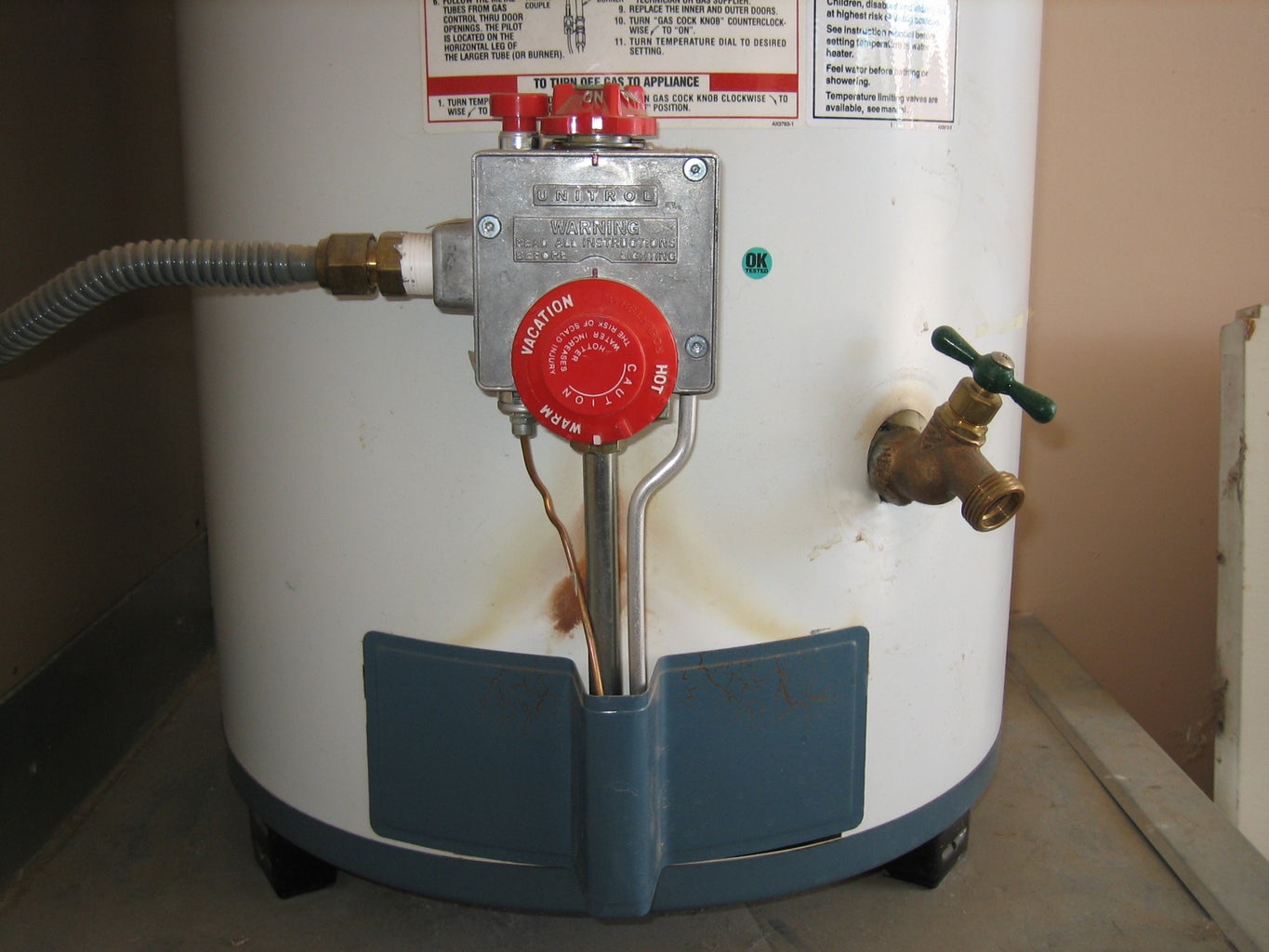Caring for Your Home's Hot Water System: Key Guidelines
Caring for Your Home's Hot Water System: Key Guidelines
Blog Article
The content listed below on the subject of How to Maintain a Hot Water Heater in a Few Simple Steps is indeed enjoyable. You should see for yourself.

Warm water is vital for daily convenience, whether it's for a revitalizing shower or cleaning meals. To ensure your warm water system runs effectively and lasts longer, normal upkeep is essential. This short article provides sensible ideas and insights on just how to preserve your home's warm water system to stay clear of interruptions and costly fixings.
Intro
Maintaining your home's warm water system might appear complicated, but with a couple of basic actions, you can ensure it runs smoothly for years ahead. This guide covers every little thing from comprehending your warm water system to DIY upkeep suggestions and knowing when to employ professional aid.
Significance of Keeping Your Hot Water System
Routine upkeep not just extends the life-span of your warm water system however also ensures it operates successfully. Disregarding upkeep can cause reduced efficiency, higher power expenses, and also premature failing of the system.
Signs Your Hot Water System Requirements Upkeep
Knowing when your hot water system requires focus can prevent significant problems. Keep an eye out for signs such as inconsistent water temperature level, strange noises from the heating unit, or corroded water.
Comprehending Your Warm Water System
Prior to diving into maintenance tasks, it's handy to understand the standard parts of your hot water system. Usually, this consists of the hot water heater itself, pipelines, anode poles, and temperature controls.
Regular Monthly Upkeep Tasks
Normal month-to-month checks can help catch minor problems before they rise.
Purging the Water Heater
Flushing your water heater removes sediment accumulation, boosting performance and lengthening its life.
Monitoring and Changing Anode Rods
Anode poles prevent corrosion inside the tank. Checking and changing them when worn is vital.
Evaluating and Readjusting Temperature Level Setups
Readjusting the temperature setups ensures optimal efficiency and safety and security.
Do It Yourself Tips for Upkeep
You can perform several maintenance jobs on your own to maintain your warm water system in top condition.
Looking for Leaks
Frequently examine pipes and connections for leakages, as these can bring about water damages and greater expenses.
Checking Pressure Relief Valves
Testing the stress safety valve ensures it works properly and avoids excessive stress build-up.
Protecting Pipes
Insulating hot water pipelines minimizes heat loss and can save power.
When to Call an Expert
While DIY maintenance is advantageous, some issues call for expert knowledge.
Complex Concerns Needing Expert Assistance
Instances include major leaks, electrical troubles, or if your water heater is continually underperforming.
Regular Expert Maintenance Benefits
Professional upkeep can include extensive examinations, tune-ups, and ensuring conformity with security requirements.
Final thought
Regular maintenance of your home's warm water system is essential for performance, longevity, and price savings. By complying with these pointers and understanding when to look for expert aid, you can make sure a dependable supply of hot water without unanticipated disruptions.
How to Maintain an Instant Hot Water Heater
Before tinkering with your hot water heater, make sure that it’s not powered on. You also have to turn off the main circuit breaker and shut off the main gas line to prevent accidents. Also turn off the water valves connected to your unit to prevent water from flowing into and out of the appliance. 2. When you’re done, you have to detach the purge valves’ caps. These look like the letter “T†and are situated on either side of the water valves. Doing so will release any pressure that has accumulated inside the valves while at the same time avoid hot water from shooting out and burning your skin. 3. When the purge valves’ caps are removed, you have to connect your hosing lines to the valves. Your unit should have come with three hoses but if it didn’t, you can purchase these things from any hardware or home repair shops. You can also get them from retail stores that sell water heating systems. Read the user’s manual and follow it to complete this task properly. When the hosing lines are connected, open the purge port’s valves. 4. You should never use harsh chemical cleaners or solutions when cleaning your unit. Make use of white vinegar instead. It should be undiluted and you’ll probably use about 2 gallons. 5. Now flush your water heater. This task should probably take about 40 minutes. We can’t give you specific directions for this because the procedure is carried out depending on the type, model and brand of your heater. With that being said, refer to the user’s manual. 6. When you’re done draining the unit, you have to turn off the purge port valves again. Remove the hosing lines that you earlier installed on each of the water valves. Put the valve caps (purge port) back in their respective places and be very careful so as not to damage the rubber discs that are found inside these caps. 7. Now that everything’s back in place, check your user’s manual again to find out how to reactivate your water heating system. 8. Once it is working, turn one of your hot water faucets on just to let air pass through the heater’s water supply pipes. Leave the tap on until water flows smoothly out of it. https://www.orrplumbing.com/blog/2014/september/how-to-maintain-an-instant-hot-water-heater/

We hope you liked our section on Water Heater Maintenance Tips You Can't Afford to Forget. Thanks a lot for taking a few minutes to read through our article post. Appreciated our post? Please quickly share it. Let somebody else check it out. Many thanks for your time invested reading it.
Call Today Report this page